Must-Visit UNESCO World Heritage Sites in the U.S.
Published: September 18, 2020
Modified: December 27, 2023
by Rina Bernardo
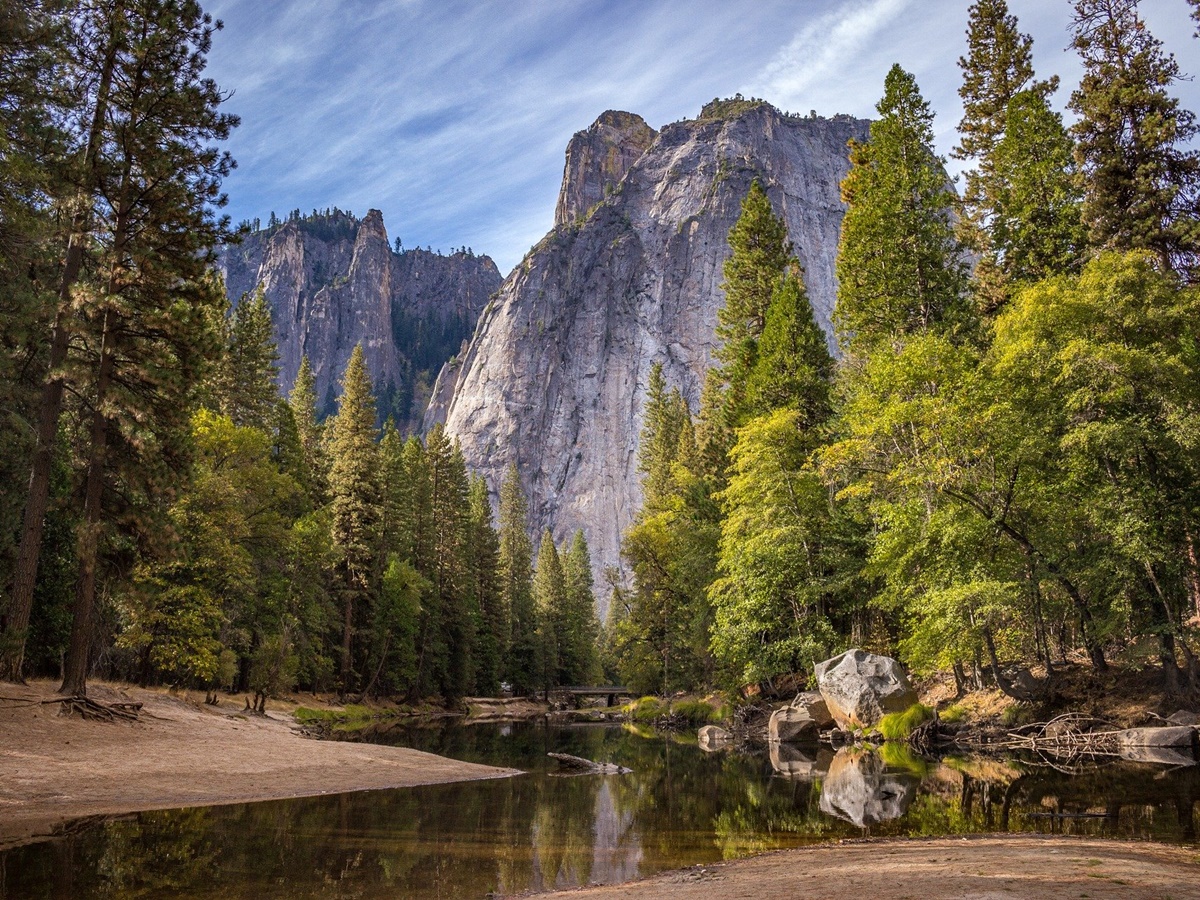
The USA is home to plenty of breathtaking sites. From man-made architectural feats and well-preserved natural sites, there are just so many places you can visit. But some of these sites and popular tourist attractions tell a different story, one that surpasses history books and documentaries. Enter the UNESCO World Heritage Sites USA.
These landmarks and areas are meticulously chosen and deliberated over by the United Nations Educational, Scientific, and Cultural Organization (UNESCO). Not only are these sites picture-perfect, but they showcase the best of what our planet has to offer. Like how the Grand Canyon gives you a look into the world’s geological history and how the Statue of Liberty is an icon of American freedom, these places are hailed to be the most important on Earth. Of course, it’s a must to visit the UNESCO World Heritage Sites in the U.S.
What Are UNESCO World Heritage Sites?
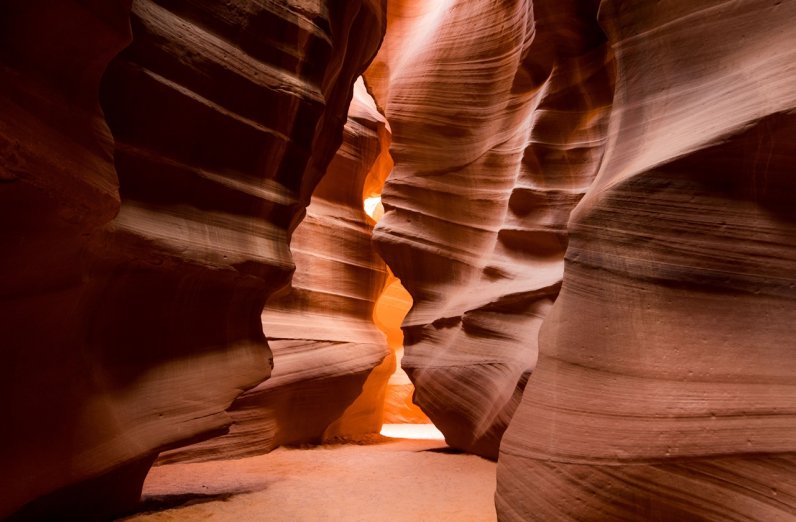
Photo by Leon Liu on Unsplash
UNESCO World Heritage Sites are landmarks or areas that contain cultural, scientific, or historical significance. The prestigious list of World Heritage Sites ranges from picturesque towns, unspoiled American parks, and Chinese temples.
There are 1,121 World Heritage Sites as of June 2020 scattered across 167 countries, with the majority of them located in China, Italy, and Spain. The Great Wall of China, the city of Verona in Italy, and the Royal Alcazar of Seville are also some of the popular World Heritage Sites. Other sites include Machu Picchu in Peru, the city of Hallstatt in Austria, Angkor Wat in Cambodia, and the Pyramids of Giza in Egypt.
Additionally, a World Heritage Site can be classified into three categories: cultural, natural, or mixed. Cultural sites include historical buildings, towns, or certain works of painting and sculpture. These sites should also show traditions or civilizations that still exist or have disappeared. On the other hand, natural sites contain rare formations, unique rock formations, or houses rare or endangered plants or animals. Natural heritage sites also provide examples of geologic and evolutionary processes. Mixed heritage sites are a combination of natural and cultural significance.
Because World Heritage Sites are designated after a meticulous judging process, these sites must be preserved and protected to avoid losing their status. Moreover, UNESCO can revoke a site’s World Heritage designation if the site isn’t properly protected. First, the committee would place it in the World Heritage in Danger list and negotiate with local authorities to take action. If this fails, the site will be removed from the UNESCO World Heritage list. The Dresden Elbe Valley in Germany and the Oryx Sanctuary in Oman are two of the delisted sites.
How Many are the UNESCO World Heritage Sites USA?
There are 24 UNESCO World Heritage Sites in the U.S. 19 of these sites are located in the continental U.S. while two are found in Hawaii, one in Puerto Rico and one transboundary site shared with Canada.
In addition to 24 UNESCO World Heritage Sites in the U.S., there are also 19 sites included in the Tentative List. Monuments and landmarks in the Tentative List include the Brooklyn Bridge, Central Park, White Sands National Park, and more.
12 Must-Visit UNESCO World Heritage Sites USA
1. Statue Of Liberty
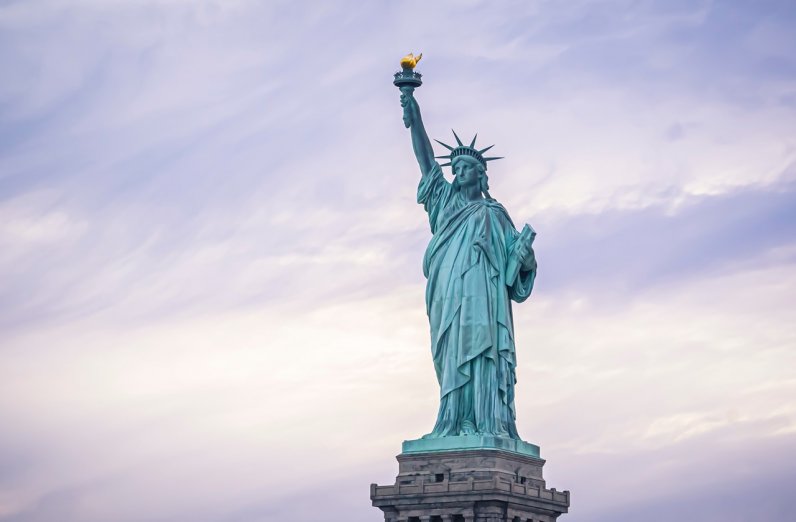
Photo by Freddy G on Unsplash
A timeless American icon, the Statue of Liberty is a gift from the people of France to the U.S. Dedicated in 1886, the statue was a creation of the French sculptor Frédéric Auguste Bartholdi and engineered by Gustave Eiffel. Since then, the New York City monument has attracted millions of visitors and has become a postcard staple. The statue also welcomes most immigrants traveling by sea. In 1984, the Statue of Liberty earned its UNESCO World Heritage Site designation and described it as a “masterpiece of the human spirit”, in addition to it being a symbol of American freedom, and of the relationship between France and the U.S.
Best Time to Visit: Weekday mornings
Type: Cultural
Year of Inscription: 1984
2. Yosemite National Park
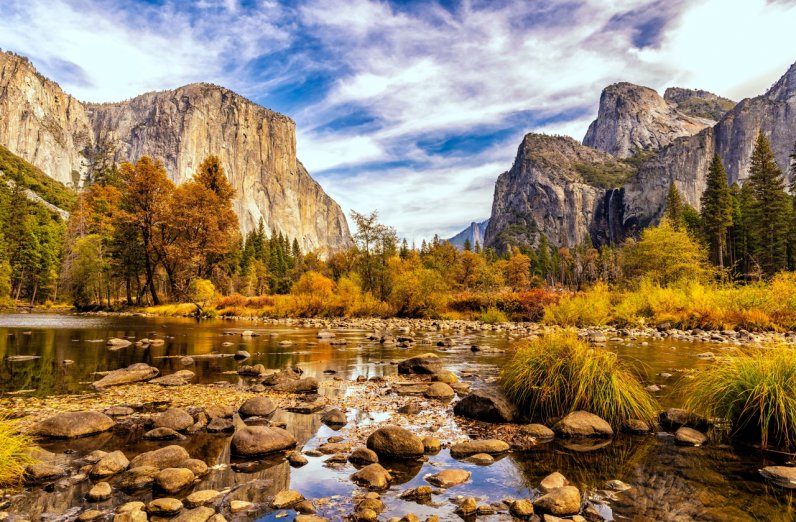
Photo by Rakshith Hatwar on Unsplash
Located in the heart of California, Yosemite National Park is a stunning natural wonder, drawing in more than 3 million visitors annually. The park was declared a UNESCO World Heritage Site USA in 1984 due to its unique geologic features as a result of glacial erosion of granitic bedrock. Yosemite houses five of the world’s tallest waterfalls, including the popular Yosemite Falls, Sequoia groves, vast meadows, and pristine lakes. Tourists can enjoy a day trip to the park, see the wildlife, go river rafting, or experience camping during the summer. Learn more about the best time to visit Yosemite National Park and the things you can do in this natural paradise.
Best Time to Visit: May to September
Type: Natural
Year of Inscription: 1984
3. Yellowstone National Park
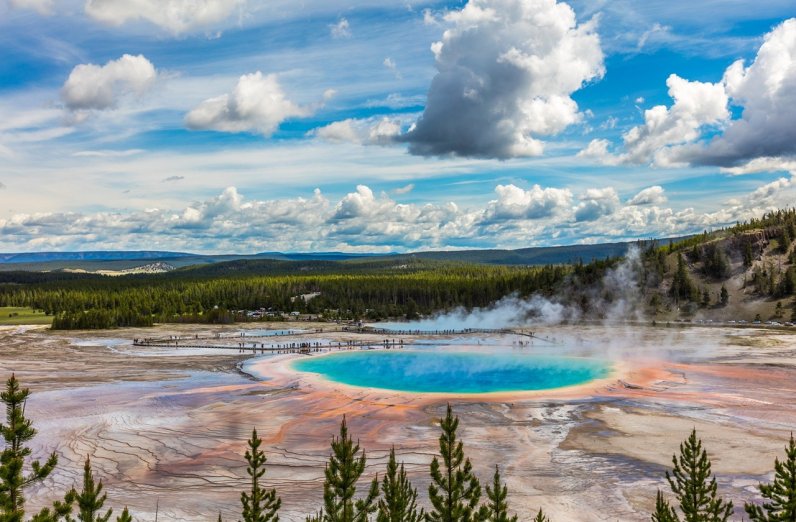
Photo by derwiki on Pixabay
Yellowstone National Park prides itself on being the USA and the world’s first national park, established in 1872. Centuries after, the park receives millions of visitors every year, admiring its stunning scenery. As a result, Yellowstone received its UNESCO World Heritage USA designation for its geothermal features and geysers, with the park having the largest concentration of geysers in the world. On top of that, hundreds of endangered or threatened species of birds, fish, reptiles, mammals, and more are found in Yellowstone National Park. Visitors can enjoy a wide variety of activities in Yellowstone: from camping, hiking, fishing, to relaxing nature walks.
Best Time to Visit: April to May, September to October
Type: Natural
Year of Inscription: 1978
4. Grand Canyon National Park
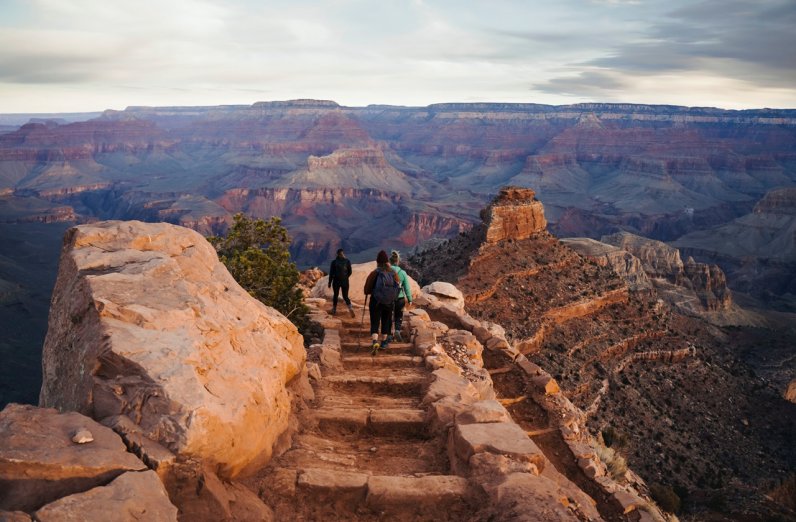
Photo by Diego Lozano on Unsplash
Aside from being a UNESCO World Heritage Site USA, Arizona’s Grand Canyon is also part of the esteemed Seven Natural Wonders list, proof of its significance. As you marvel at its iconic and colorful landscape, you get to witness the world’s history billions of years ago. The Grand Canyon was formed through geologic activity and erosion by the Colorado River on the Earth’s surface. Up to this day, the Grand Canyon is one of the most breathtaking sceneries and places to see Earth’s history in motion. Go horseback riding, hiking, or an exciting river rafting experience to see the canyons from a different perspective. For the ultimate trip, get a chance to see the gorges on board an airplane or helicopter.
Best Time to Visit: March to May, September to November
Type: Natural
Year of Inscription: 1979
5. Redwood National and State Parks, California
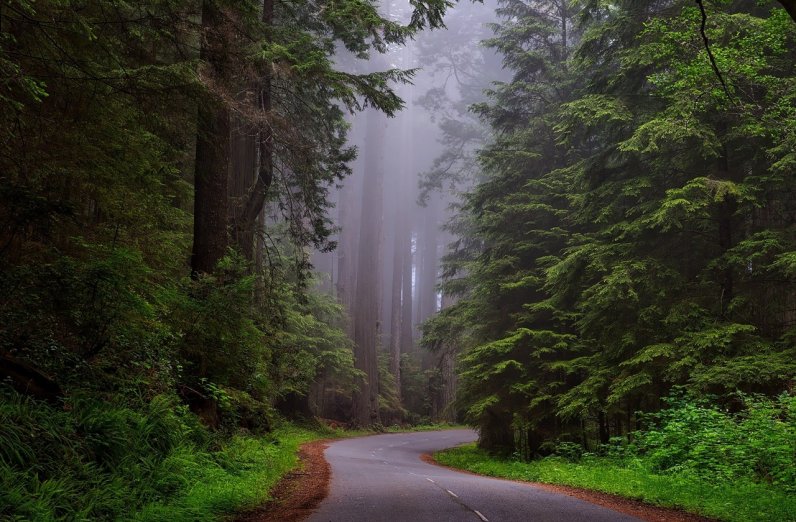
Photo by 12019 on Pixabay
Find the oldest and tallest trees in the world at Redwood National and State Parks in California. It comprises four different parks: Redwood National Park and Del Norte Coast, Jedediah Smith, and Prairie Creek Redwoods State Parks. The four parks also aim to protect 45% of all remaining coastal redwood old-growth forests, which earned it its World Heritage Site designation. Apart from that, the park is also popular among campers and hikers and is the best place to view the redwoods, most of them have existed for over 160 million years. Visiting Redwood National and State Parks is perfect for travelers who want to spend time with nature and see the massive redwoods. In addition to redwood trees, one can also find sea lions, bald eagles, and the California brown pelican at the park.
Best Time to Visit: September to October
Type: Natural
Year of Inscription: 1980
6. Great Smoky Mountains National Park
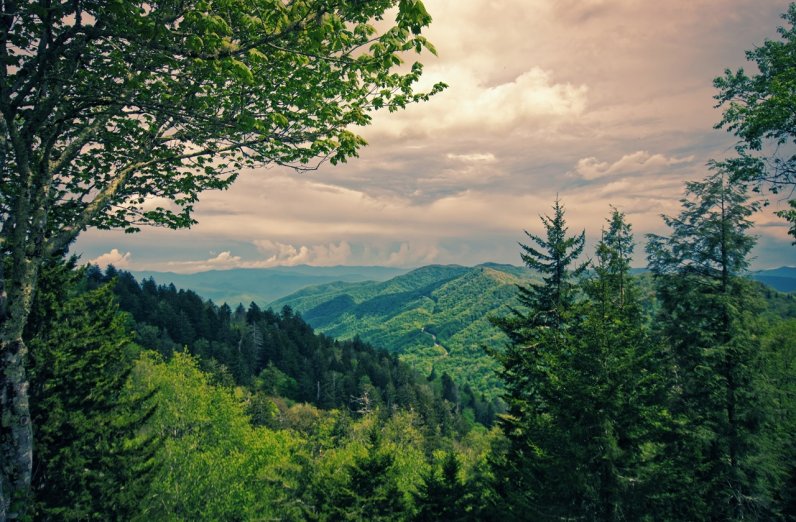
Photo by McRonny on Pixabay
North Carolina’s Great Smoky Mountains National Park is the most visited national park in the United States thanks to its unspoiled natural sites. The UNESCO World Heritage Site in the U.S. features over 3,500 plant species, with 130 natural species of trees, and an abundance of animal species. Great Smoky Mountains National Park also has many of the world’s salamander species, earning its nickname “Salamander Capital of the World”. Most of the rocks found at the park were formed hundreds of millions of years ago. Additionally, the park’s vast untouched lands give you an insight into the kind of flora that existed before humankind. During the fall season, fall in love with its landscapes covered in hues of yellow, gold, and red.
Best Time to Visit: June to August, October to November
Type: Natural
Year of Inscription: 1983
7. Mammoth Cave National Park
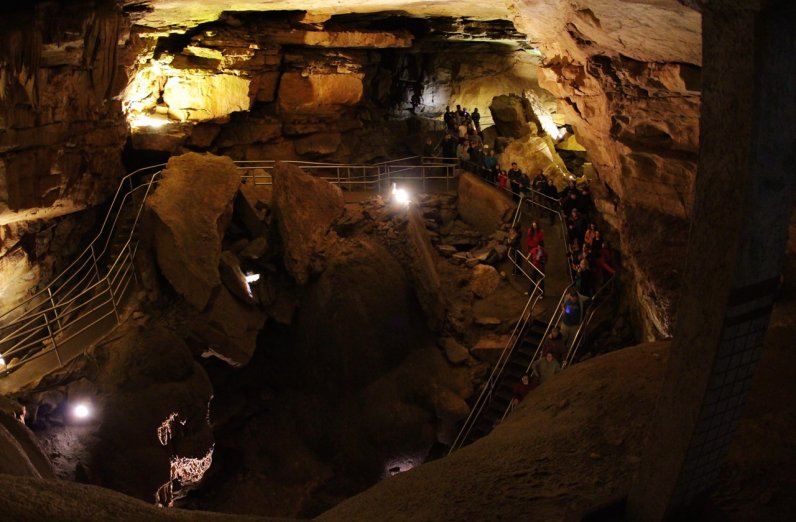
Photo by daveynin on Flickr
Discover the astounding underground beauty of Mammoth Cave National Park, the longest cave system known worldwide. The cave displays hundreds of millions of years of cave forming processes and ongoing geologic procedures. Additionally, its huge network of caves and limestone passages serves as an accessible and visual record of the Earth’s geomorphic changes. Aside from its chambers and caves, Mammoth Cave National Park is also known for having a variety of flora and fauna, some of which are endangered. Take part in ranger-led tours around the cave, hike on its surface, or go kayaking and fishing on the nearby rivers.
Best Time to Visit: March to May, September to October
Type: Natural
Year of Inscription: 1981
8. Chaco Culture National Historical Park
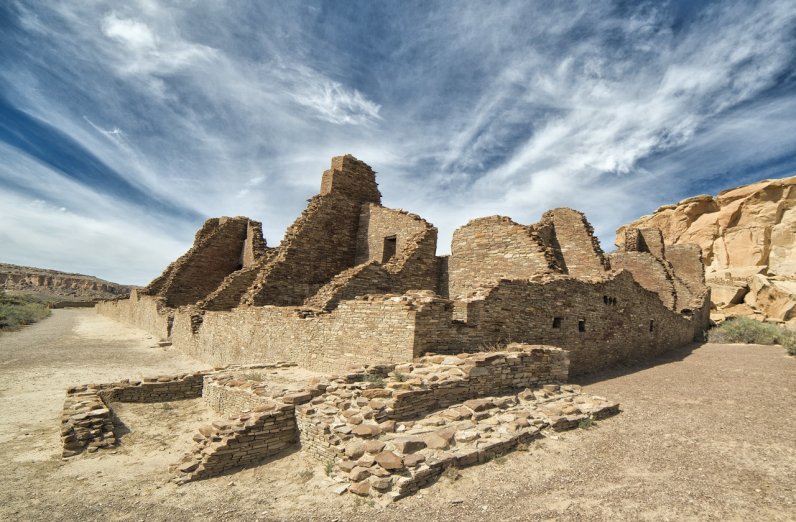
Photo by John Fowler on Flickr
Chaco Culture National Historical Park may be one of the lesser-known World Heritage Sites, but it packs a lot of history and culture. The park preserves and protects one of the country’s most important pre-Columbian historical and cultural areas. Chaco Culture National Historical Park also includes the Aztec Ruins National Monument and five Chaco Culture Archaeological Protection Sites managed by the Bureau of Land Management. Be in awe of the Chacoan people’s architectural feats as you explore what were once ceremonial buildings, kivas, and petroglyphs. Join guided tours, go hiking or biking, or just soak up the tranquil atmosphere of the archaeological site.
Best Time to Visit: August to October
Type: Cultural
Year of Inscription: 1987
9. Independence Hall
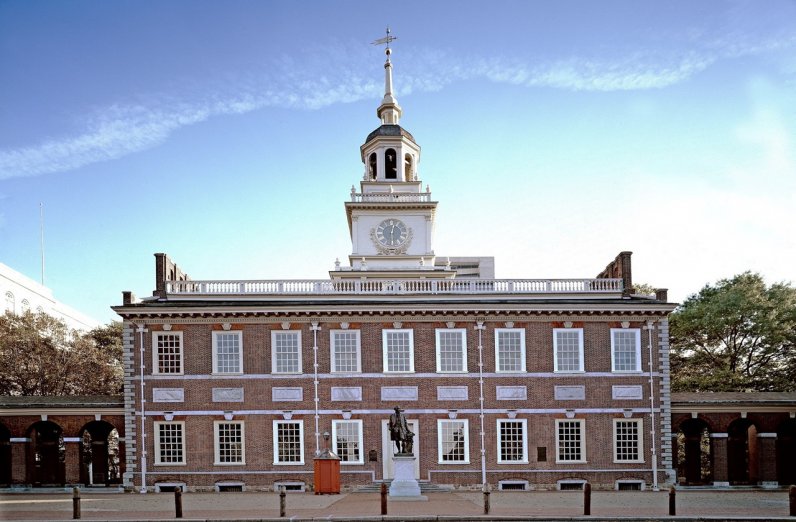
Photo by skeeze on Pixabay
The Independence Hall in Philadelphia is witness to two historical events in the U.S.: the debating and signing of the Declaration of Independence and the U.S. Constitution. These two documents served as an inspiration for lawmakers around the world. Also known as the Birthplace of America, this Georgian-style building is part of the Independence National Historical Park. The Independence Hall also served as a venue for speeches and democratic protests, and former President John F. Kennedy gave his Independence Day address there. As a result, it was declared a UNESCO World Heritage Site in the U.S. in 1979 for its historical significance. Get a glimpse into the lives and history of America’s founders on guided tours of the hall and explore other sites in the historical park.
Best Time to Visit: Weekday mornings
Type: Cultural
Year of Inscription: 1979
10. Olympic National Park
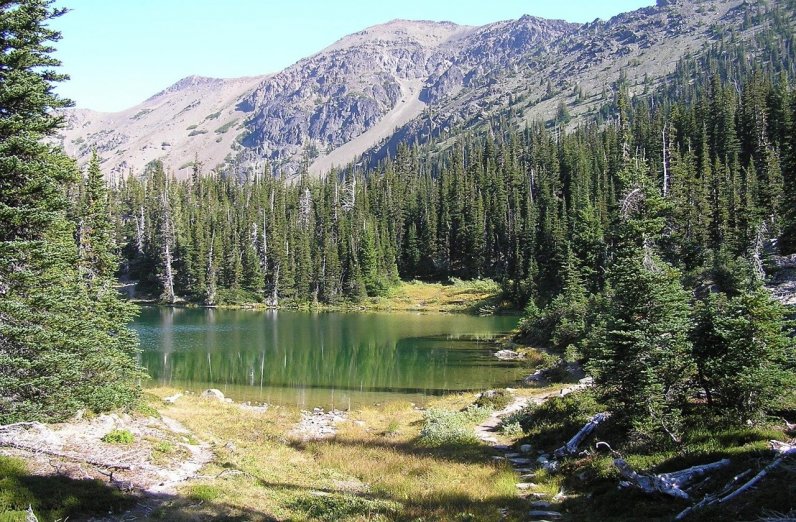
Photo by skeeze on Pixabay
Visit Olympic National Park and marvel at its diverse ecosystems: from lakes and mountains to rainforests and ocean coasts. Olympic National Park boasts plenty of geological formations including rocky islets, rugged canyons and valleys, and alpine meadows. Because of its rich scenery, it earned its UNESCO World Heritage Site USA designation in 1981 after being declared an International Biosphere Reserve in 1976. Aside from its natural sites, Olympic National Park also houses native and endemic animals and plants. Some of the animals found at the park include black bears, black-tailed deers, and the endangered northern spotted owl.
Best Time to Visit: July to August
Type: Natural
Year of Inscription: 1981
11. Everglades National Park
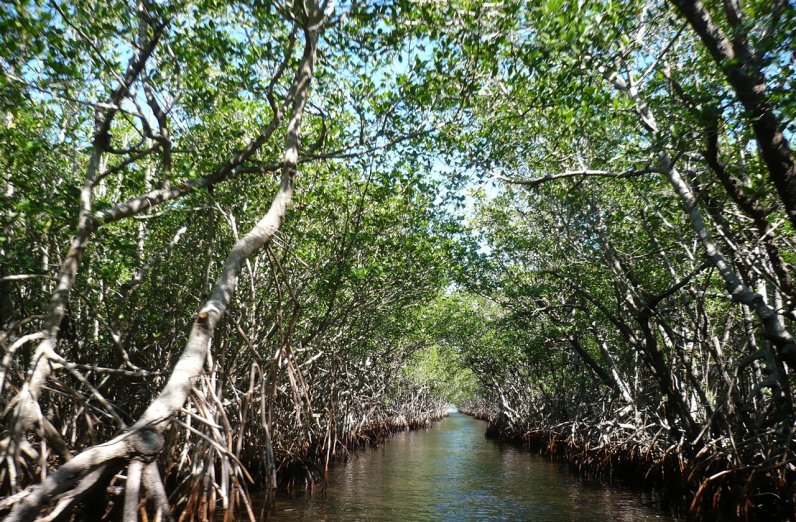
Photo by Ravini on Pixabay
While most UNESCO World Heritage Sites protect certain geographic features, Everglades National Park aims to protect its rich ecosystem. The national park is the largest subtropical wilderness reserve and has become a sanctuary to several endangered and rare species. These species include the manatee, the Florida panther, snail kite along with 350 bird species, 50 reptile species, and more. Additionally, Everglades National Park prides itself on having the largest mangrove ecosystem in the Western Hemisphere. In 2010, the park was placed on the World Heritage in Danger list due to the continued degradation of the property, causing a loss of marine habitat. Some of the popular activities in the Everglades include boating, fishing, bird watching, and joining ranger-led tours.
Best Time to Visit: November to March
Type: Natural
Year of Inscription: 1979
12. Hawaiʻi Volcanoes National Park
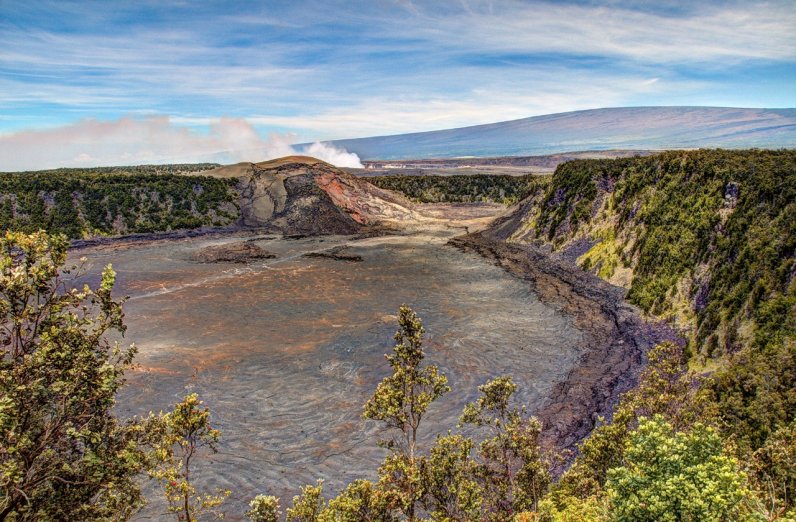
Photo by pogo_mm on Pixabay
Hawaiʻi Volcanoes National Park is one of the two UNESCO World Heritage Sites located on the island of Hawaii, the other one being the Papahānaumokuākea Monument. This popular destination on the Big Island also houses 2 of the most active volcanoes on Earth: Mauna Loa and Kilauea. It was declared a World Heritage Site in 1987 for its ever-changing landscape over the years due to the constant lava flow. Several rare birds and endemic species like the meat-eating caterpillar and the lava cricket reside in the park. Witness Pele, the Hawaiian goddess of fire and volcanoes, in action as you explore the park by land or air. Join ranger-led tours and learn more about the rich history this island has to offer.
Best Time to Visit: November to March
Type: Natural
Year of Inscription: 1987
Discover the UNESCO World Heritage Sites USA
From parks with diverse ecosystems to historical buildings, the U.S.A. is a country rich in World Heritage Sites. These landmarks and sites contain not only the history of the country, but also of the world, and are thus popular tourist destinations. Consequently, consistent efforts must be made to protect these sites from natural or man-made disasters to maintain its status and to avoid revoking its designation.
On your next trip, consider visiting any of the UNESCO World Heritage Sites USA. For national parks, use your National Park Pass or National Parks Senior Pass and get extra perks!

